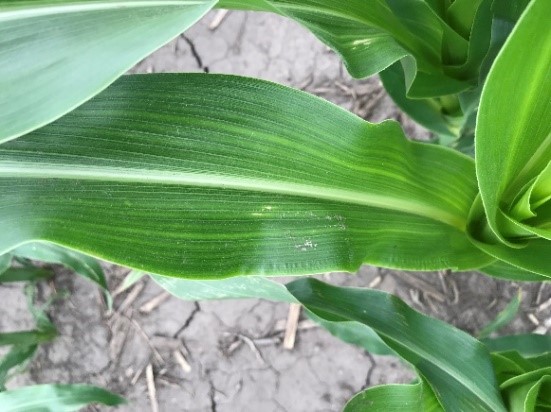The topic of planting soybeans early and with lower populations was something I talked about in depth with growers as an easy and affordable way to set up soybean field yield potential from the start. Unfortunately, as the weather did not cooperate for much of the state this spring, many plans for early planting and decreased populations began to slip away. With growers looking at fields of soybeans that weren’t planted “according to plan”...
All Posts from 2019
|
July 09, 2019 |
|
July 08, 2019 Soil Health Action Plan:
Tom Kentner and his wife, Susan, farm more than 1,200 acres of corn and... |
|
July 06, 2019 Soil Health Action Plan:
Doug Schroeder began farming because he enjoyed driving a tractor. His love for sitting in the cab, hand... |
|
July 05, 2019 Soil Health Action Plan:
Sometimes called “Little Egypt,” Washington County is the number one Illinois county for producing wheat—also a crucial crop in the... |
|
July 03, 2019 Early tissue test results for V4 corn in central Illinois are coming back low on boron—between 6 to 10 ppm. Sufficiency levels are between 10 and 40 ppm. The photo to the right is an... |
|
July 02, 2019 One doesn’t have to drive too many miles on country roads to find a field of beans that is not as deep green as we would like to see. This may be a neighbor’s field, or it may be your own. Either way, you may be wondering what would cause the beans to look unhealthy. There are numerous possible causes, some of which we will explore.
... |

 Early deficiencies in corn are also a harbinger for deficiencies in soybeans.
Early deficiencies in corn are also a harbinger for deficiencies in soybeans.